
Browse an alphabetical list of articles about the Holocaust and World War II. Learn more about topics such as the Nazi rise to power, how and why the Holocaust happened, life in Nazi camps and ghettos, and the postwar trials.
<< Previous | Displaying results 726-748 of 1105 for "Article" | Next >>
Learn more about the breakdown of freedoms and terror that ensued after the Nazi rise to power in January 1933.
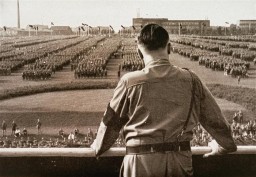
After rising to power in January 1933, the Nazis began the process of moving Germany from a democracy to a dictatorship. Learn more.
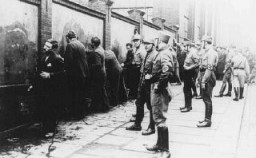
The Nazis utilized the German police for mass repression and genocide. Learn more about the Nazification of the police force from 1933-1939.
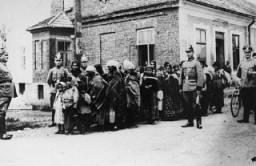
Learn more about the Netherlands during the Holocaust and the fate of Dutch Jews after the 1940 German invasion.
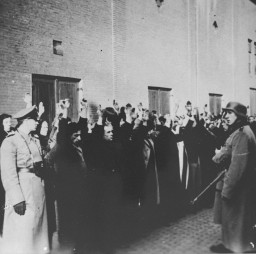
In 1938, the Nazis established Neuengamme concentration camp. Learn more about camp conditions, medical experiments, and liberation.
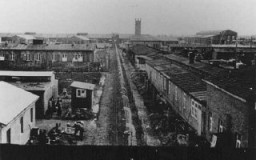
In the 1930s, Prime Minister Neville Chamberlain and the British government pursued a policy of appeasement towards Nazi Germany to avoid war. Learn more.
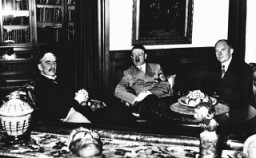
Nicholas Winton organized a rescue operation that brought hundreds of children, mostly Jewish, from Czechoslovakia to safety in Great Britain before the outbreak of WWII.

The "Nacht und Nebel" decree allowed German authorities to capture without trace ("by night and fog") and try individuals alleged to be "endangering German security."
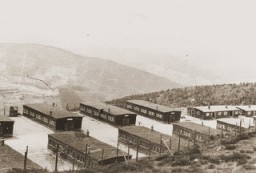
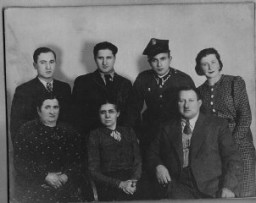
A variety of non-Jewish groups and individuals resisted the Nazi regime, both in Germany and in German-occupied territory. Learn more.
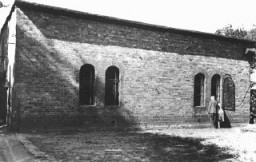
Read the Jewish Partisan Educational Foundation's short biography of Norman Salsitz.
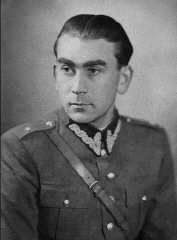
Germany invaded Norway on April 9, 1940. Read more about this invasion, the collaborator Vidkun Quisling, and the tragic fate of Norway’s Jews.
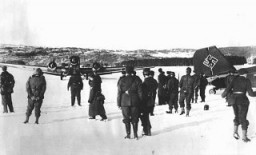
Leading German physicians and administrators were put on trial for their role during the Holocaust. The resulting Nuremberg Code was a landmark document on medical ethics. Learn more
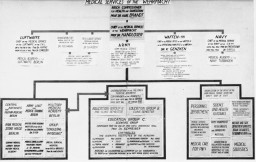
The International Military Tribunal took place in the Palace of Justice at Nuremberg, the only undamaged facility extensive enough to house the trials.
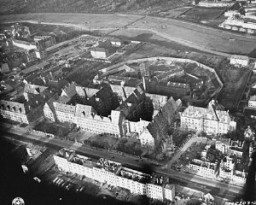
The Nazi regime’s Nuremberg Race Laws of September 1935 made Jews legally different from their non-Jewish neighbors. The laws were the foundation for future antisemitic measures .
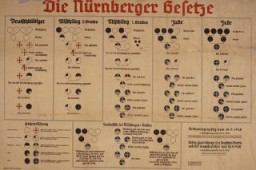
Learn more about the Reich Citizenship Law and the Law for the Protection of German Blood and German Honor, collectively known as the Nuremberg Race Laws.
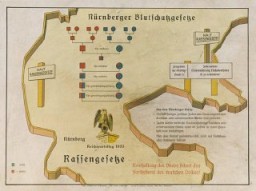
Trials of top surviving German leaders for Nazi Germany’s crimes began in Nuremberg after World War II. Read about the Nuremberg trials.
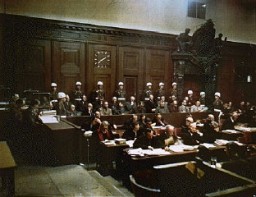
The Oath of Loyalty for All State Officials started to change in 1934. Learn more about the oath and Germany’s journey from democracy to a Nazi dictatorship.
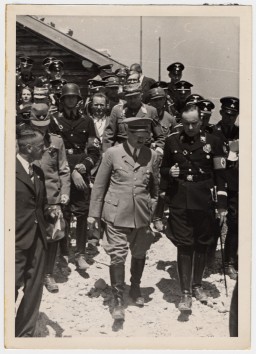
In October 1941, Romania, an ally of Nazi Germany, perpetrated mass killings of Jews in Odesa. Learn more about the Holocaust in Odesa and Ukraine.
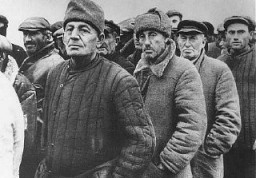
Beginning in 1979, the Office of Special Investigations (OSI) opened hundreds of investigations and initiated proceedings of Nazi war criminals. Learn more
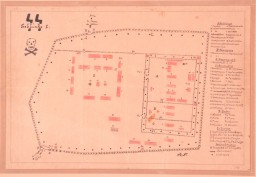
The Ohrdruf camp was a subcamp of the Buchenwald concentration camp, and the first Nazi camp liberated by US troops.
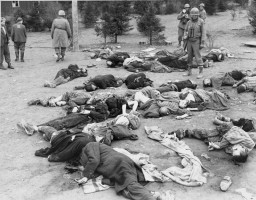
Learn about the rescue activities and the fates of Ona Simaite in Lithuania, Joop Westerweel in the Netherlands, and Irena Sendler in Poland.
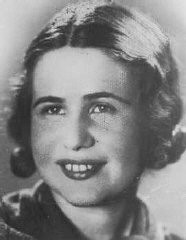
Begun as an individual chronicle by Emanuel Ringelblum in October 1939, the Oneg Shabbat underground archive became the secret archive of the Warsaw ghetto.
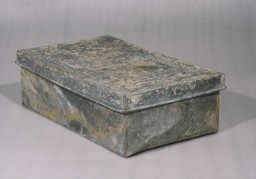
We would like to thank Crown Family Philanthropies, Abe and Ida Cooper Foundation, the Claims Conference, EVZ, and BMF for supporting the ongoing work to create content and resources for the Holocaust Encyclopedia. View the list of donor acknowledgement.